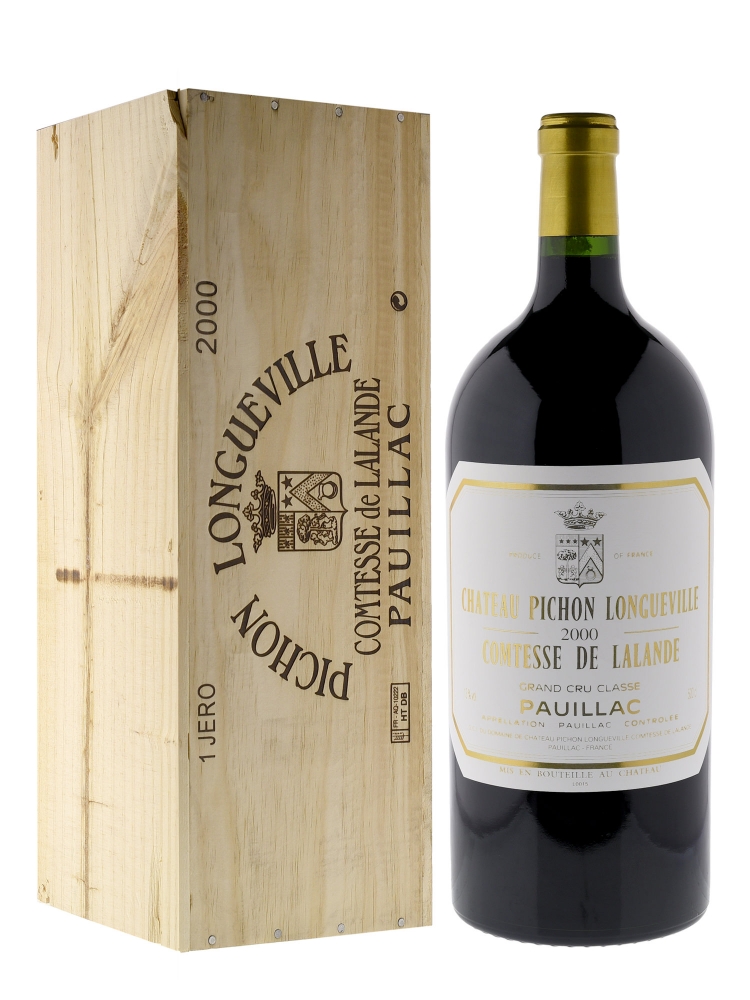

Layers of gravel in the Pauillac region are key to its wines’ character and quality. Cabernet-based Bordeaux Blends) include inky and juicy blackcurrant, cedar or cigar box and plush or chalky tannins. The harvest took place from September 22 ending October 5. This is the second highest percentage of Cabernet Sauvignon in the history of the estate. The wine blends 88 Cabernet Sauvignon, 10 Cabernet Franc and 2 Merlot. Today producers such as Chateau Pontet-Canet, Chateau Grand Puy-Lacoste, Chateau Lynch-Bages, among others (all fifth growth) offer some of the most outstanding wines in all of Bordeaux.ĭefining characteristics of fine wines from Pauillac (i.e. Chateau Pichon Lalande began a slow conversion to biodynamic farming techniques in a portion of their vineyard starting in 2014 with 6-hectares of vines set aside for experiments with various farming techniques. This is a modern-classically styled vintage for Pichon Lalande. The finest chateaux in that year were judged on the basis of reputation and trading price changes in rank since then have been miniscule at best. The Left Bank of Bordeaux subscribes to an arguably outdated method of classification that goes back to 1855. While the first growths are certainly some of the better producers of the Left Bank, today they often compete with some of the “lower ranked” producers (second, third, fourth, fifth growth) in quality and value. Estephe on its northern end and Chateau Latour is at Pauillac’s southern end, bordering St. Chateau Lafite Rothschild and Mouton Rothschild border St. The leader on the Left Bank in number of first growth classified producers within its boundaries, Pauillac has more than any of the other appellations, at three of the five. The international reputation of this "Super Second" Growth can be attributed to unfailing quality and dynamic owners. Produced from 71 Cabernet Sauvignon, 23 Merlot, 5 Cabernet Franc and 1 Petit Verdot, the 2018 Pichon Comtesse is a masterful wine, like a piece of. Traditional methods and modern technology combine to make the most of the estate's prestigious soil. The unusual choice of grape varieties (there is a much higher percentage of Merlot than average) is a partial explanation for this wine's outstanding personality, marked by elegance, balance and finesse. It is drinking wonderfully now, in that sweet spot between fruitiness and maturity, however, it still has a good 15-20 years+ of cellaring potential. Bordering on Chateau Latour, Second Growth Pichon Longueville Comtesse de Lalande is located in the southern part of Pauillac, near Saint-Julien. Medium-bodied, the palate is elegant and refreshing with fine-grained tannins and understated black fruit and savory layers, finishing long and minerally. Just two families have been responsible for maintaining this wine's superb reputation for three centuries. In 1978, May-Eliane de Lencquesaing, daughter of Edouard Miailhe, in turn inherited this beautiful property and devoted herself entirely to continuing the tradition of quality wine. This took on the name of Chateau Pichon Longueville Comtesse de Lalande. In 1850, Virginie de Pichon Longueville, Countess de Lalande, and her two sisters inherited three-fifths of the vineyard from their father. Full-bodied, concentrated and completely laden with tightly wound black fruit and savory layers, the palate gives a rock-solid backbone of firm, super ripe, super fine-grained tannins and soft background freshness, finishing very long with a veritable display of mineral fireworks.The Pichon Longueville estate goes back to 1688-1689. Chateau Pichon Longueville Comtesse de Lalande 2eme Grand Cru Classe, Red, Pauillac. Very deep purple-black colored, it is like hitting a brick wall to begin, needing considerable coaxing to start to reveal notes of crushed black cherries, warm blackberries, ripe blackcurrants and chocolate cake with nuances of violets, rose hip tea, charcuterie, tapenade and incense with wafts of new leather and iron ore. The 2018 Pichon Longueville Comtesse de Lalande is made up of 71% Cabernet Sauvignon, 23% Merlot, 5% Cabernet Franc and 1% Petit Verdot with a pH of 3.85, an IPT (total polyphenol index) of 87 and 14% alcohol. Wine Advocate: The grand vin represents 50% of the crop this year. 71% Cabernet Sauvignon, 23% Merlot, 5% Cabernet Franc, 1% Petit Verdot


 0 kommentar(er)
0 kommentar(er)
